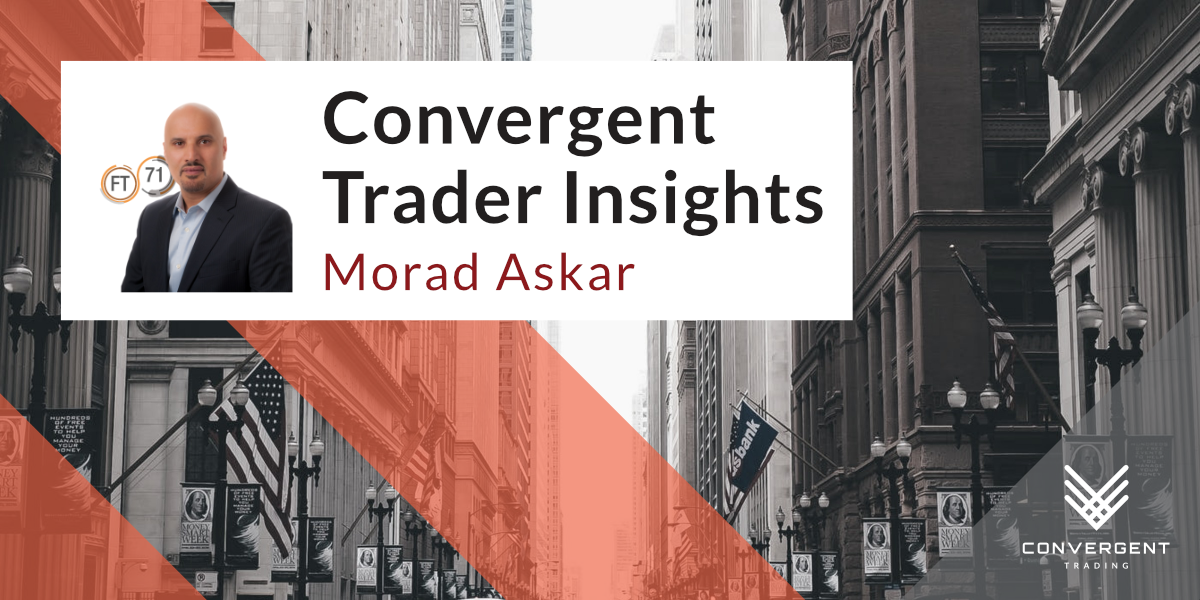Can the Macro Theme be an Edge for Day Traders?
Is Understanding the Macro Theme an Edge for Day-Traders?
This question is rarely addressed, as the focus for most traders is typically on the technical side of the analysis. However, trading involves price movement and the change in the perceived value of the product we trade. So money is made or lost in the movement.
It is a simple concept, and changes to the Macro Picture will change trader’s perceptions of value.
What Causes This Movement?
In my experience, the largest and most persistent moves occur as a result of major deployment or extraction of capital. Larger and longer-term participants take a position on the market usually based on a global macro view of an economic opportunity that presents an edge.
A simple example of this is the involvement of central banks. If the US Fed initiates a program that buys the long end of the yield curve, then this will have an impact on mortgages and long-term debt in that it causes those yields to go lower (higher treasury prices result in a lower yield for those treasuries because the coupon rate is fixed). Knowing this, a trader knows not to short the long end of the curve whether through futures such as the ZN, ZB, or Ultrabond or through ETFs that represent this market. Knock-on effects might be higher gold, higher commodities (priced in dollars), higher energy futures, higher equities (the new liquidity makes its way into the economy and therefore into company profits), and so on.
This is an example of how the macro picture impacts day traders and represents a gross edge in the bias that a trader might take for the day. So how would a day trader respond? Simply stated, he or she would strongly favor long equities/commodities-biased setups and treat countertrend moves as short or very short-term plays.
This is known in the investment world as “trading a theme“. The theme in this example is expanding liquidity. This is a tide that generally lifts all instruments. A day trader who is glued to her 1-minute chart and is not paying attention to the risk posture of the overall market and is ignoring the macro picture entirely is likely to fight the trend. The result of this action is to take tremendous risk for poor returns. On a large sample of trades, this is likely to cause a negative outcome.
How Can We Prepare?
Read reliable publications or news outlets that follow macro movements. Personally, I like the Wall Street Journal and podcasts like Macro Voices as well as specific analysts like Jeff Snider of Alhambra Partners (who will be our guest on September 16th, 2021, to discuss inflation).
The other piece is to daily track the risk posture of the market before the open. Was Asia directional? Up or down? Was it sideways? How about Europe? Was that market well bid and climbing or was it weak or sideways? How does that reflect on the US indices and their posture against the prior day’s action? We can then come in better informed as to which side will get more of our attention. Do we push longs or do we want to maintain a short theme on the day?
As a trader matures, the macro picture becomes more and more relevant. The tendency is to expand out in terms of analysis timeframe to maintain an edge.
– Morad Askar (@FuturesTrader71, Head Trader and Managing Director at Convergent Trading)
🔑 Unlock Your Trading Edge!
Join Cohort 5 of the Accelerator Program
🗓️ Program Dates: Friday, April 18th – Friday, May 23rd, 2025
Only 50 seats are available, so sign up now to secure this amazing deal:
⚡ Accelerator Program – Five weeks self-study course & live AMA sessions, followed by one full week of live trading & skills workshops, designed to give you everything you need to trade! ➡️ $500 discount off the full price of $3,000!
⚡ 6 months of Convergent Trading Community membership – all the benefits of the Convergent Trading Community, including the Trade Right Program, to provide a platform for you to put your new skills to work!* ➡️ worth $774!*
⚡ 50% lifetime discount on Convergent Trading memberships**! ➡️ worth $$$!
⚡ BONUS MATERIAL– special training for planning how to trade in the current news-driven environment, tariffs, tweets/truths & all!➡️ worth $299!
➡️ TOTAL PRICE: $4,073 Only $2,500!**

